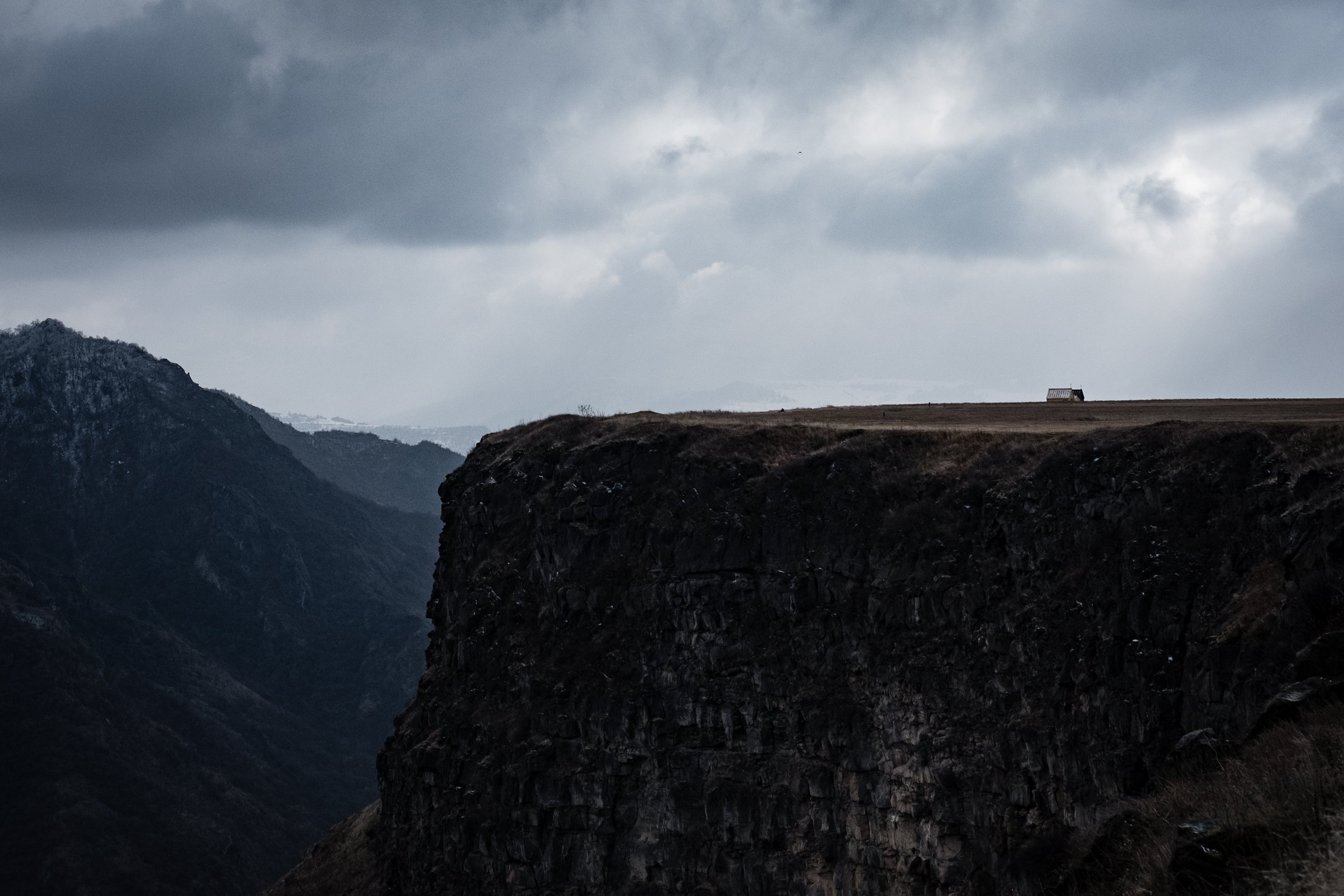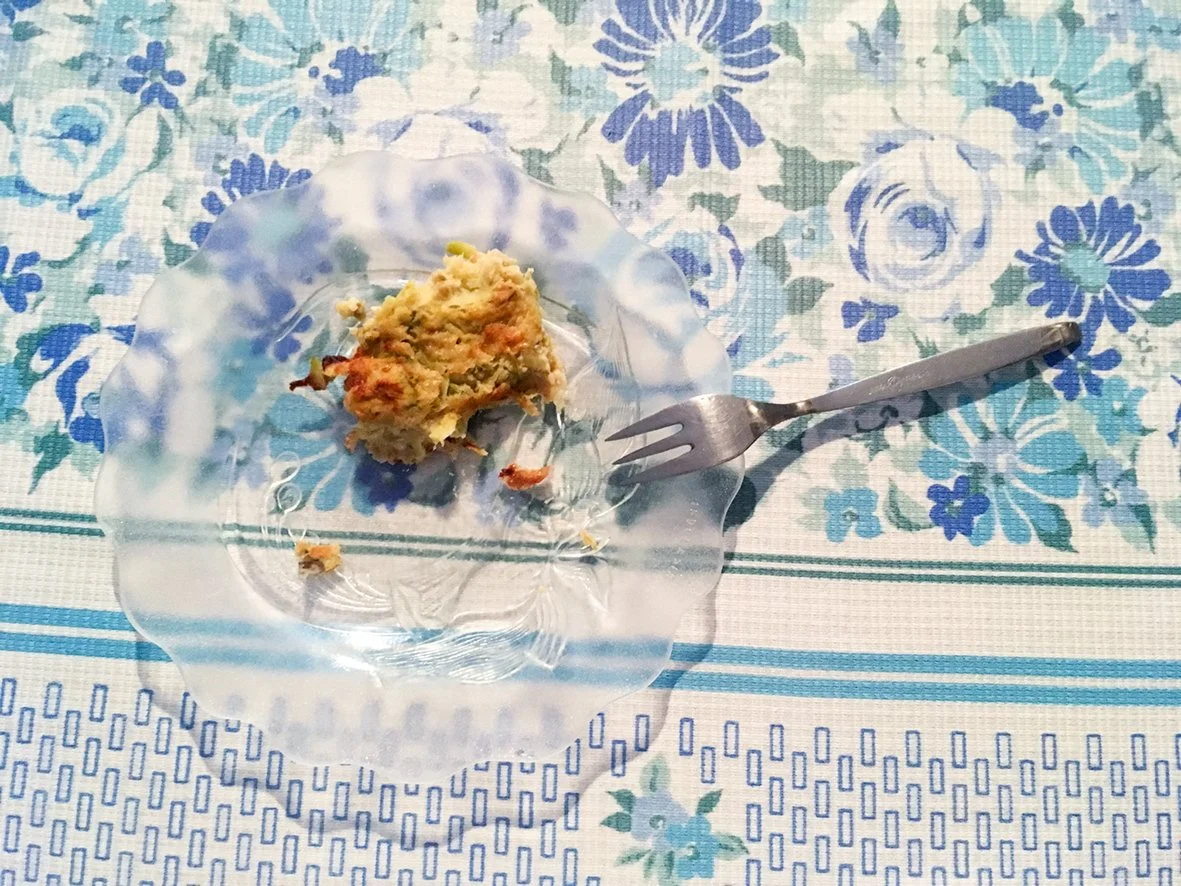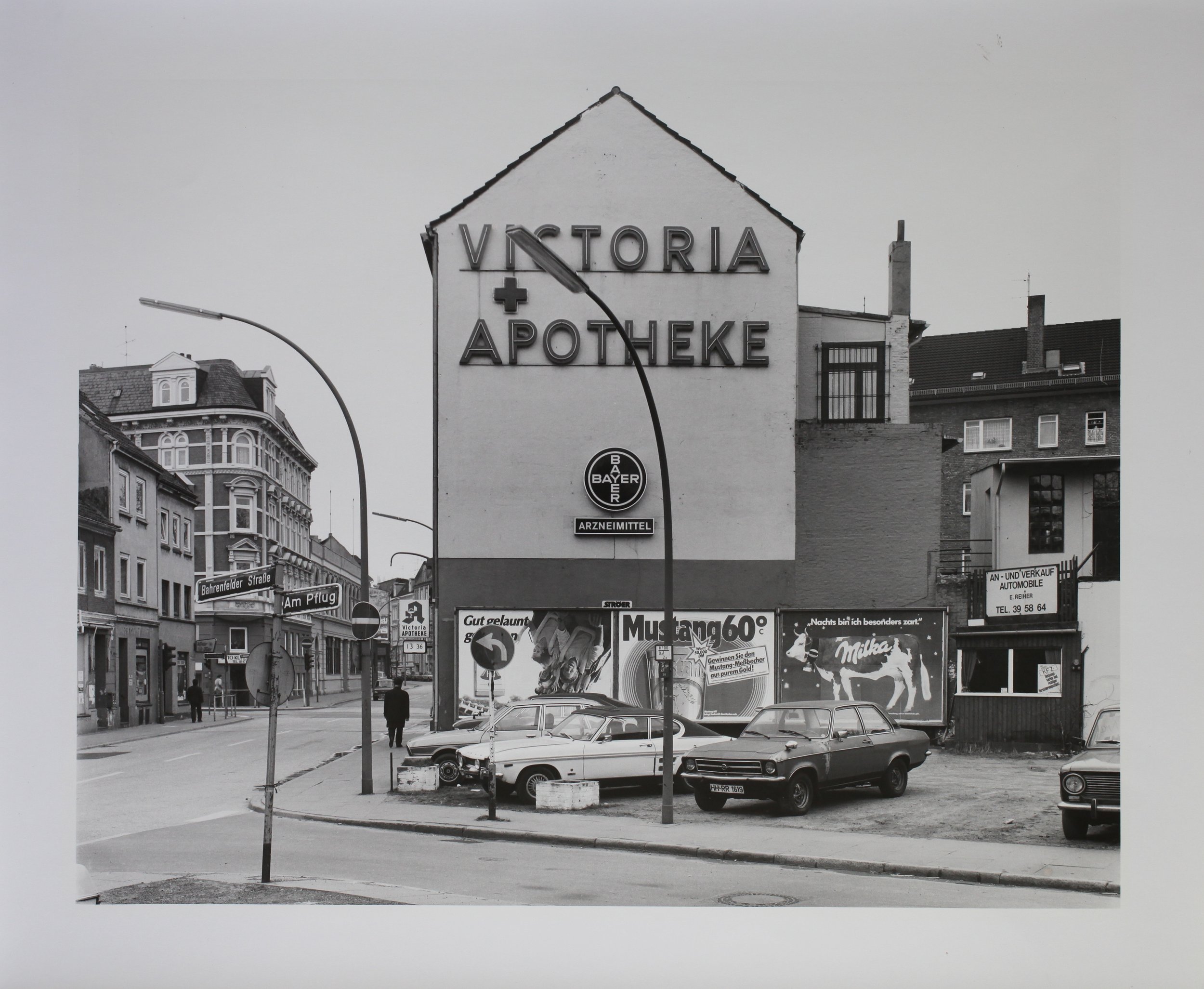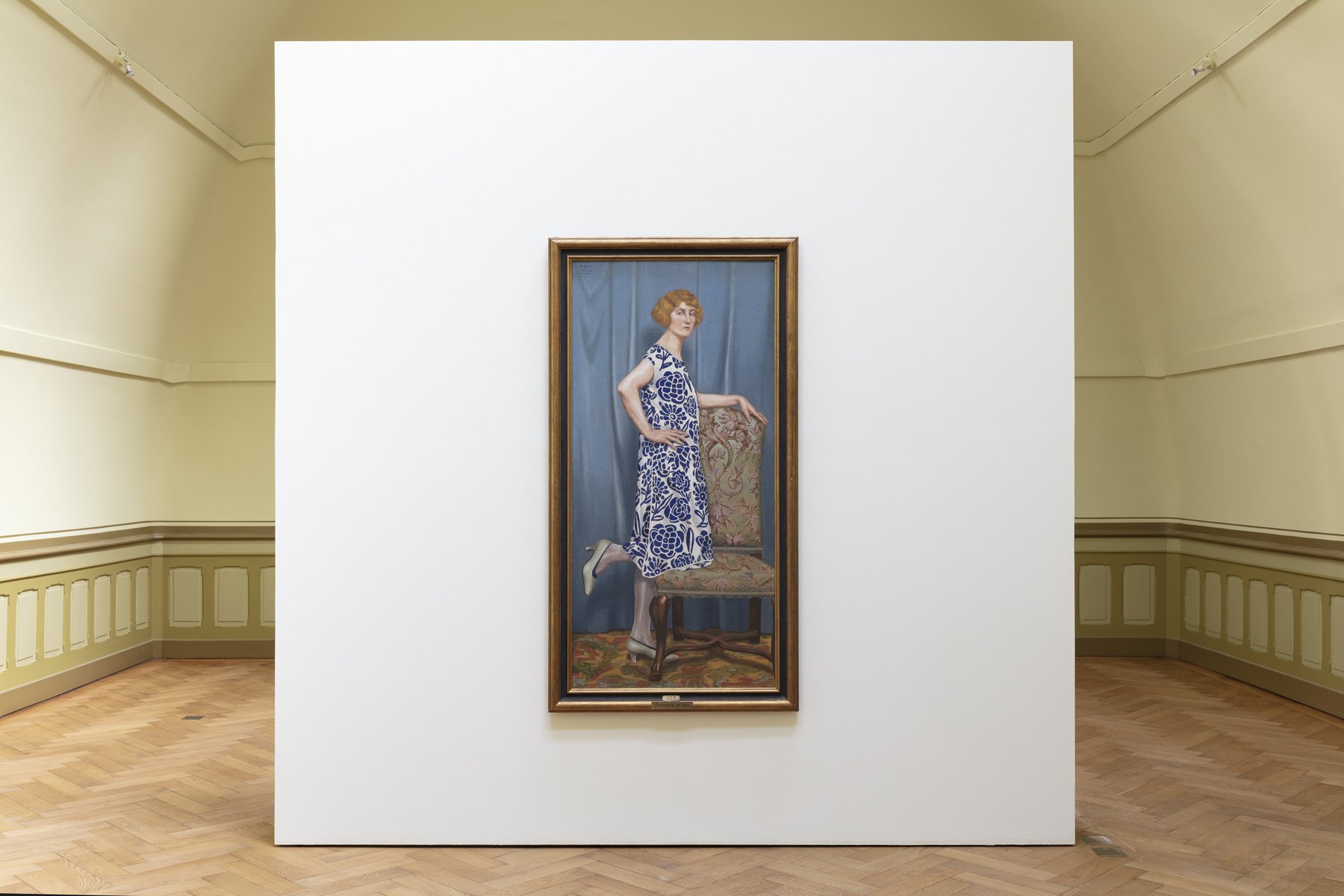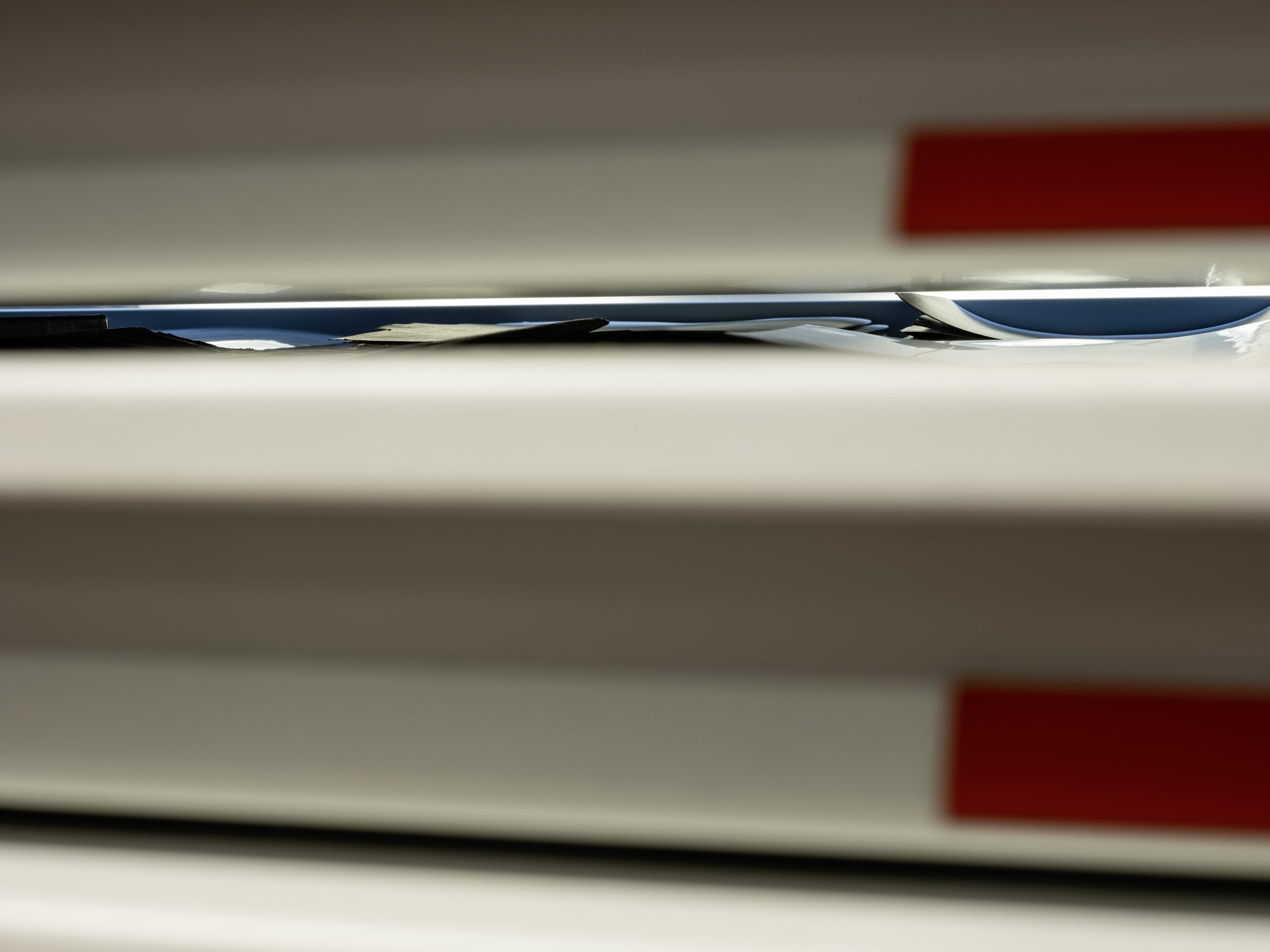Kunsteinrichtung - Alexander Jaquemet | Villa Garbald | Castasegna
Villa Garbald | Castasegna
2. Juli 2022 - 24. Juni 2023
Kunsteinrichtungen
Alexander Jaquemet
© Alexander Jaquemet
Das Bündner Kunstmuseum organisiert jährlich "Kunsteinrichtungen" für die Villa Garbald in Castasegna im Bergell und lädt dazu zeitgenössische Künstlerinnen und Künstler ein, ihr fotografisches Werk zu zeigen.
Dieses Jahr ist der in Biel lebende Fotograf und Künstler Alexander Jaquemet zu Gast. Er macht in seinen für diesen besonderen Ort ausgewählten Fotografien deutlich, dass er mit seiner Kamera nicht den Moment sucht, in dem sich Aufsehenerregendes ereignet, sondern vorsichtig und aufmerksam durch die Gegend zieht und lange beobachtet, bis eine andere Wirklichkeit erscheint. Die poetischen Bilder von Alexander Jaquemet erschliessen sich nicht dem schnellen Blick, sondern verlangen von uns besondere Aufmerksamkeit und eine Sensibilität für die Geheimnisse, die in jeder Aufnahme zu finden sind. Die Villa Garbald ist ein besonders geeigneter Ort, sich darauf einzulassen und das Unsichtbare zu entdecken.
Le Bündner Kunstmuseum organise chaque année des "installations artistiques" pour la Villa Garbald à Castasegna dans le Bergell et invite à cette occasion des artistes contemporains à présenter leur travail photographique.
Cette année, c'est le photographe et artiste Alexander Jaquemet, qui vit à Bienne, qui est invité. Dans ses photographies choisies pour ce lieu particulier, il montre clairement qu'avec son appareil photo, il ne cherche pas le moment où il se passe quelque chose de sensationnel, mais qu'il parcourt la région avec prudence et attention et observe longuement jusqu'à ce qu'une autre réalité apparaisse. Les images poétiques d'Alexander Jaquemet ne se dévoilent pas au regard rapide, mais exigent de nous une attention particulière et une sensibilité aux mystères qui se cachent dans chaque prise de vue. La Villa Garbald est un lieu particulièrement approprié pour s'y plonger et découvrir l'invisible.
Ogni anno, il Bündner Kunstmuseum organizza "installazioni d'arte" per la Villa Garbald di Castasegna in Bregaglia, invitando artisti contemporanei a mostrare le loro opere fotografiche.
L'ospite di quest'anno è il fotografo e artista Alexander Jaquemet, che vive a Bienne. Nelle sue fotografie selezionate per questo luogo speciale, l'autore chiarisce che non cerca il momento in cui accade qualcosa di sensazionale con la sua macchina fotografica, ma si muove con attenzione e cura nell'area e osserva a lungo finché non appare un'altra realtà. Le immagini poetiche di Alexander Jaquemet non si rivelano ad uno sguardo veloce, ma richiedono da parte nostra un'attenzione particolare e una sensibilità per i segreti che si possono trovare in ogni scatto. Villa Garbald è un luogo particolarmente adatto per affrontare questo tema e scoprire l'invisibile.
Every year, the Bündner Kunstmuseum organizes "art installations" for the Villa Garbald in Castasegna in Bergell, inviting contemporary artists to show their photographic work.
This year the guest is the photographer and artist Alexander Jaquemet, who lives in Biel. In his photographs selected for this special place, he makes it clear that he does not look for the moment when something sensational happens with his camera, but moves carefully and attentively through the area, observing for a long time until another reality appears. The poetic images of Alexander Jaquemet do not reveal themselves to the quick glance, but demand from us special attention and a sensitivity for the secrets that are to be found in every shot. The Villa Garbald is a particularly suitable place to get involved and discover the invisible.
(Text: Stephan Kunz, Bündner Kunstmuseum, Chur)












